One of the coolest things about cement tiles is that they are very versatile both in how they can be used and what designs you can add to them. It also goes without saying that they can go quite nicely with concrete countertops and a brutalist kitchen design style. However, there are quite a few other benefits to a concrete tile backsplash.
Durability
With the proper sealant, a cement-tiled kitchen backsplash provides a durable water-resistant barrier between the wall of the kitchen and a messy kitchen. These tiles are excellent at preventing unpleasant stains and nasty water damage. Because they are so long-lasting, whatever designs you integrate into your concrete tile backsplashes will last for a long time, keeping your kitchen stylish and classy for the decades to come.
The durability of concrete wall tiles comes from their qualities of sturdiness, as well as their ability to stand up to high temperatures and moisture. This is perfect for the kitchen because it means your tiles can stand up to the heat of a stove and the constant exposure to moisture from a kitchen sink. In fact, concrete’s strength increases over time since the absorption of moisture forms crystals in the concrete that increases structural integrity.
Affordability
Concrete wall tiles are also quite affordable and this is partly thanks to how widespread concrete is as a material. It is made everywhere in the world in large quantities and is easy to make since it is made mostly of cement, water, and crushed stone. This makes concrete wall tile a very cost-effective option in comparison to other tile materials such as ceramic or porcelain.
Typically, the main factor that decides the price of your concrete wall tiles is the mixture formula of the concrete itself. Cement is the most expensive component of the mixture and so if you want to save money you should look for those mixtures with low cement content. You might be able to get away with this lower-quality concrete since your backsplash tiles aren’t load-bearing, although concrete with a higher cement content is going to be sturdier.
Easy Maintenance
Despite the fact that installation of concrete wall tiles can get technical, maintenance is relatively simple and can be done by any enterprising handyperson. After installation, it is important that you seal and polish your tiles since this will give your concrete wall tiles the best appearance and will also give them a longer lifespan. A polishing disk (600 grit) can give your concrete tile backsplash the perfect sheen and a good sealer will provide your tiles with long-lasting protection from staining.
Just be sure to use a penetrating sealer and avoid using bleach or other acidic products since this can cause damage to the backsplash. We also recommend avoiding topical sealers since these will break down faster when exposed to sunlight. When it comes time to clean your tiles, be sure to use a pH-neutral soap with warm water.
If your tiles do end up with stains, these can be easily removed with a specialized cleaning product such as rejuvenate spray or something such as Eff-Erayza. These products can clean the grout as well, keeping everything looking fresh and good as new.
Cons
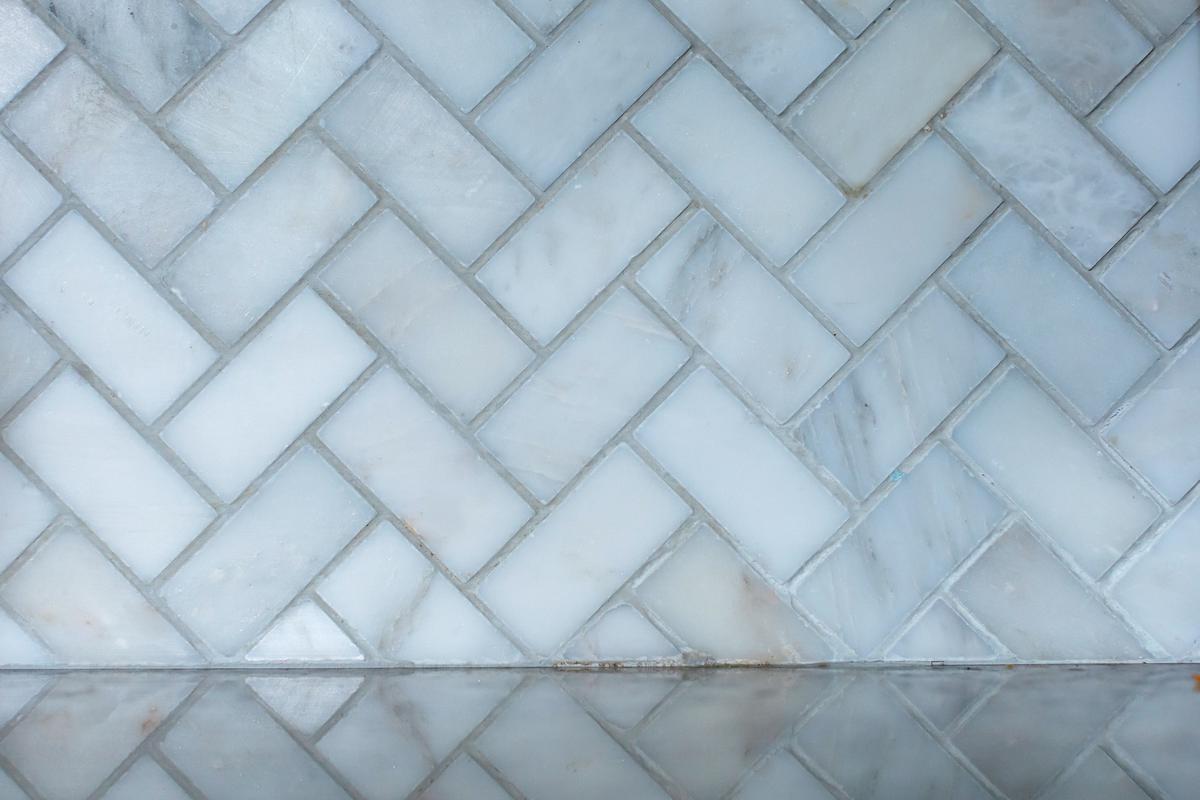
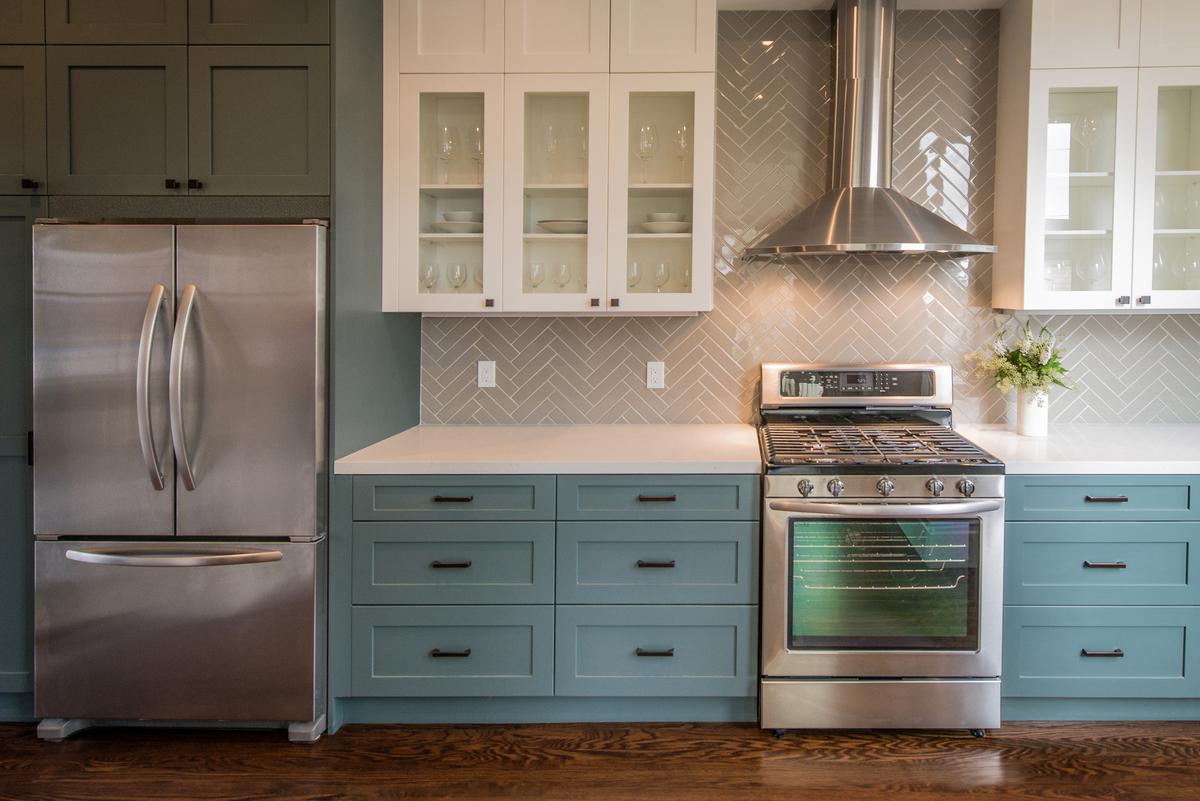
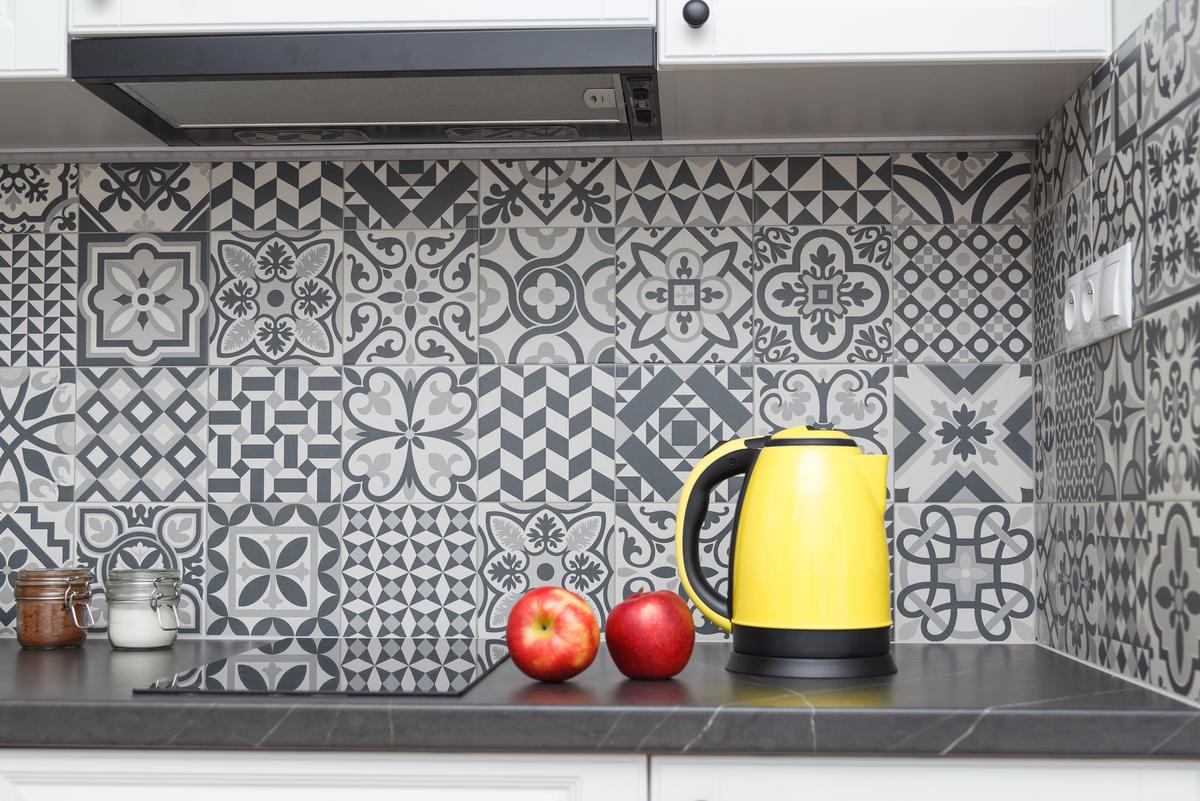
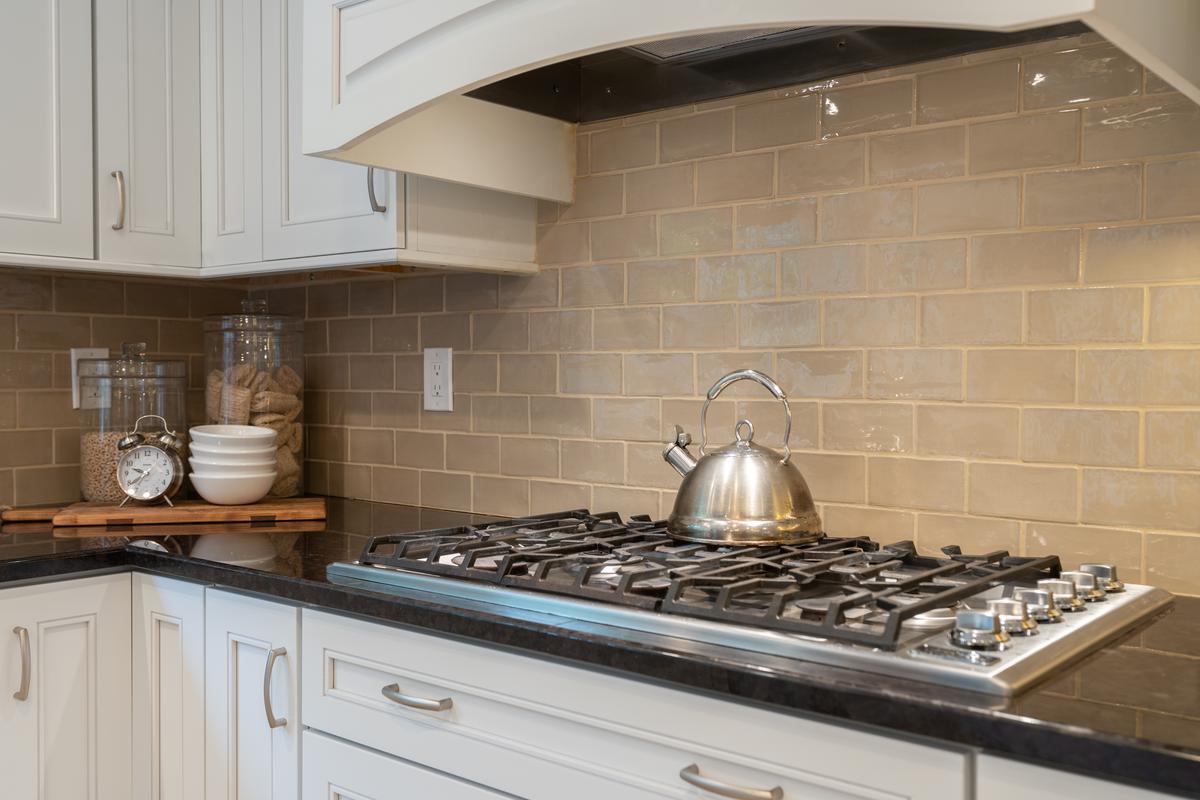
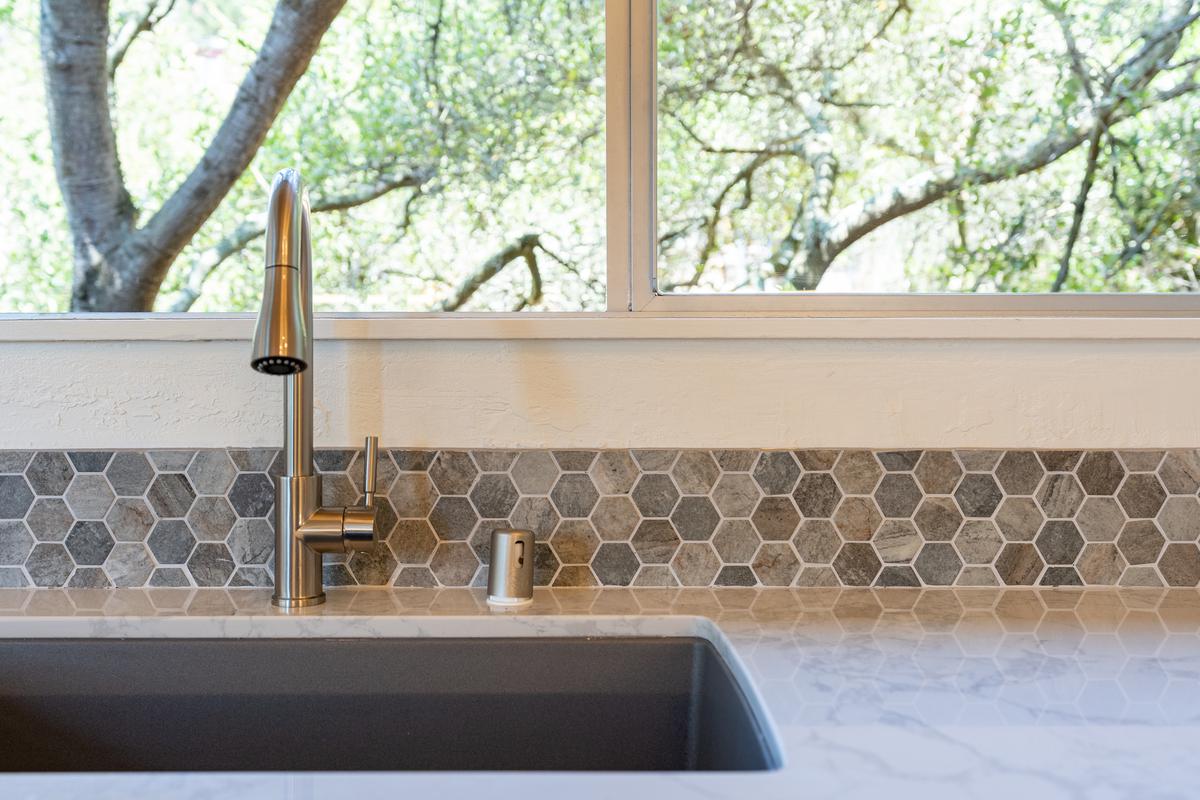

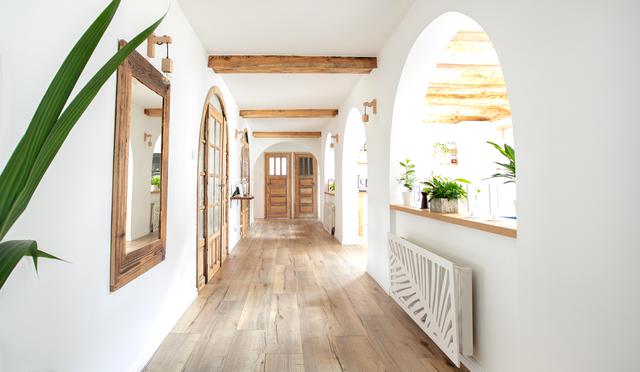


comments